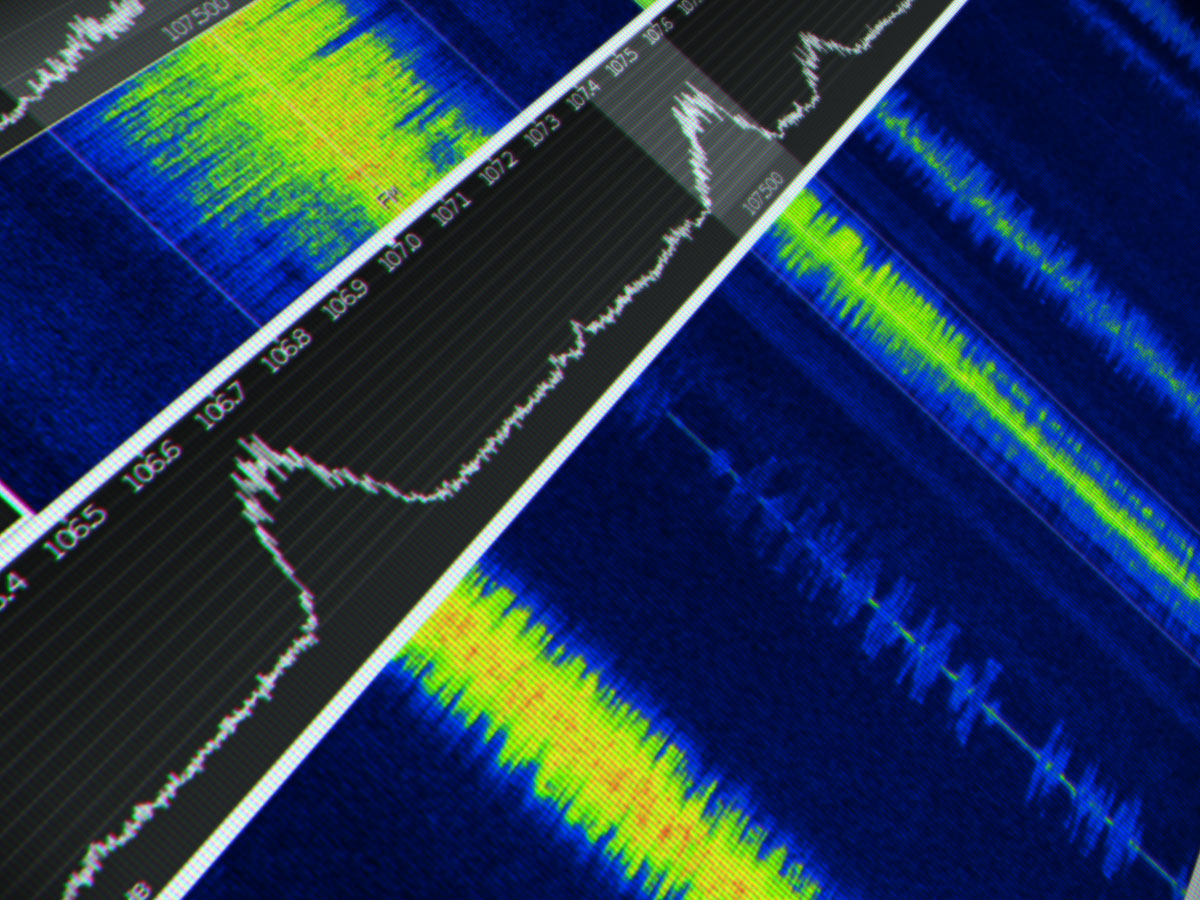There’s something special about scanning through the FM dial in a new country. It’s like scanning an alternate universe version of home—almost familiar, but just different enough to make your ears perk up. While in Melbourne, I took a deep dive into local radio, and let me tell you, it was a ride.
I’ve been a fan of local radio since I was a kid—my parents would give me an AM/FM Walkman to keep me occupied on long road trips. There was something magical about discovering new stations, hearing unfamiliar voices, and catching songs I’d never heard before. That love of radio has stuck with me, and whenever I travel, I make it a point to tune in.
Melbourne has practically three contemporary hit radio (CHR) stations battling for dominance: 101.9 The Fox, Nova 100, and KIIS 101.1. If you’ve ever listened to a CHR station in the U.S., you’d feel right at home—big-name drive-time shows in the mornings and afternoons, promotions and contests stacked high, and a playlist mostly made up of the same chart-toppers you’d hear stateside. The biggest difference? A few Australian hits peppered in. But just a few. Across hours of listening, I only encountered three or four songs that I didn’t immediately recognize as a crossover hit in the U.S. The absolute standout? “APT” by Rosé and Bruno Mars was unavoidable. No complaints here—Rosé is from Melbourne, after all, and you have to respect a city hyping up its own.
Part of the reason Aussie artists get airtime is thanks to the country’s 25% Australian content (AusCon) requirement for commercial radio. Stations are required to play at least a quarter of their music from homegrown acts, which helps explain how even the CHR stations find room to sneak in a bit of local flavor between the Dua Lipas and Chappell Roans of the world.
For a break from the modern pop machine, I flipped over to Gold 104.3, Melbourne’s Classic Hits station. Now, this was an experience. It started off with a minor hit from Aussie synthpop group Icehouse (not “Electric Blue,” but “Crazy”) and rolled into a mix of American staples—Genesis, Bruce Springsteen, The Bangles, and of course, Australia’s own INXS. But the real fun came in hearing what Australia considers a “classic hit.” Madonna’s “Burning Up” and Tina Turner’s “We Don’t Need Another Hero”—songs that rarely get love on U.S. classic hits radio—got solid airplay. Then there were the local gems, like Daryl Braithwaite’s “One Summer,” and left-field surprises like The Stranglers’ “Golden Brown.” You think you know classic rock radio? Australia has a different take.
Speaking of rock, Triple M brought an entirely different flavor. It turns out, the alt-rock vs. mainstream rock split that reshaped American radio in the ’90s didn’t quite happen the same way in Australia. Triple M’s rotation was a fascinating mix: Billy Joel into The Offspring into “The Final Countdown” into U2 into Evanescence. Somehow, it all worked. The music flow felt smoother and more balanced than what you’d get from a U.S. mainstream rock station, which often leans into either the bro-heavy or dad-rock aesthetic. Triple M just played rock, full stop. And for the record, yes, I did hear Men At Work’s “Down Under” on Triple M. You kind of have to.
And then there’s Triple J. I’ve listened to it online for years, so getting to hear their iconic top-of-the-hour news sounder over the airwaves? A thrill. Triple J is Australia’s national youth broadcaster, and it’s everything you’d want in an alternative station—no commercials, an emphasis on Aussie and international indie acts, and an overall vibe that feels refreshingly unpolished in the best way. If you want to hear what’s next in music before it even lands on U.S. airwaves, this is where you go.
I also picked up a cheap DAB radio from Kmart (yes, there are still Kmarts in Australia) and managed to tune in some of Melbourne’s digital stations, which added a whole new layer to my radio exploration. SBS Chill was a standout, a perfect background station for mellow, electronic vibes. Then there were all-90s versions of KIIS and The Fox, which felt like stepping into a time machine. I even stumbled onto in-store audio stations for Coles supermarkets and Chemist Warehouse pharmacies—because why not have a dedicated station for grocery shopping? One of the coolest finds was an all-Australian artists radio station, showcasing just how much homegrown talent is out there.
Tuning into Melbourne’s radio scene gave me a new appreciation for how global pop culture has become—and how each country still manages to put its own spin on it. Now, if only I could get my local station back home to throw “Golden Brown” into their rotation…

